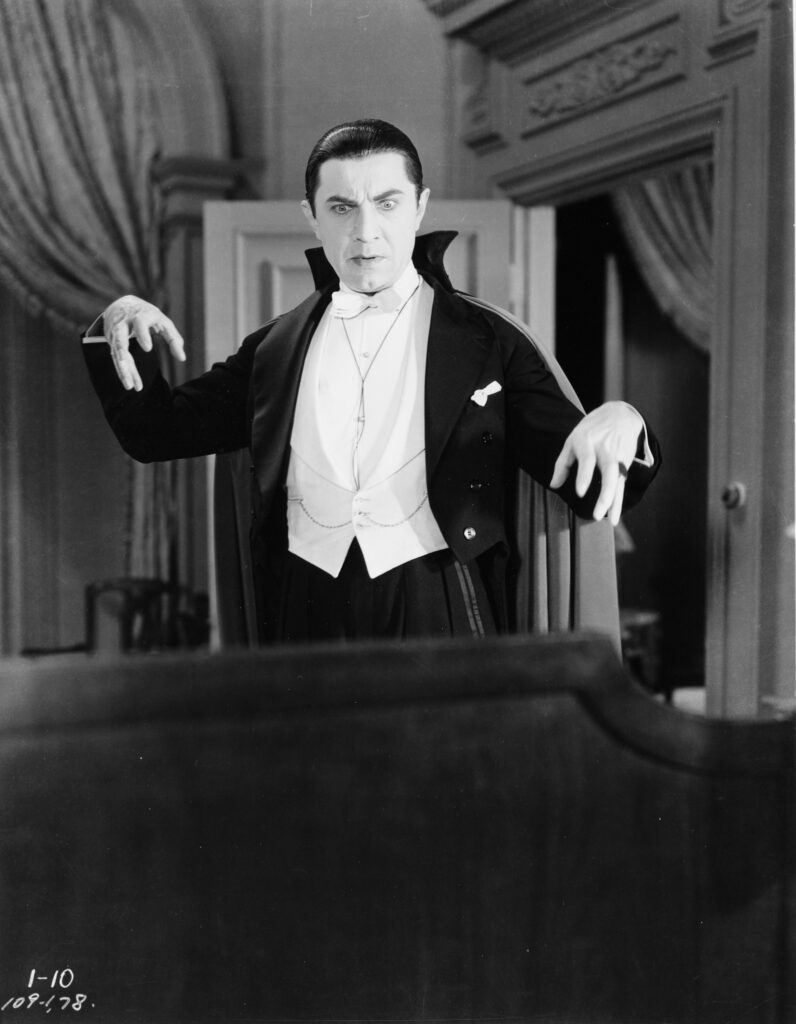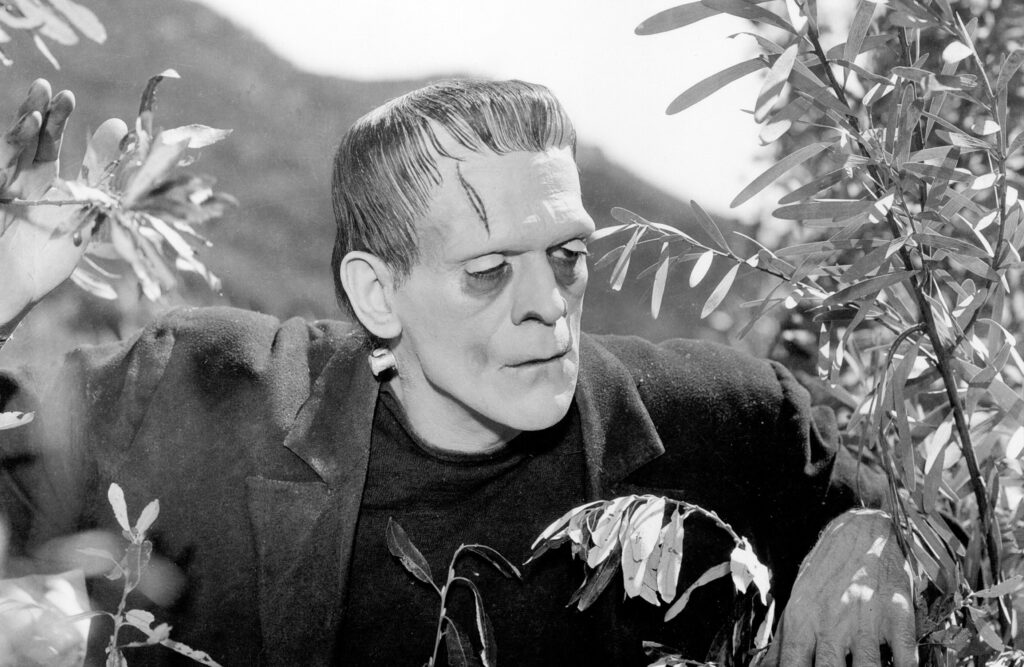In the early days of Hollywood, the majority of the studios were making some of the most enduring films we still love today. However there was one studio that did not make waves and that was Universal. Universal was struggling financially when movies went from Silent to Talkies in 1929. The studio owner Carl Laemmle hired his own son Carl Laemmle Jr to take over as the new head of the creative studio. Jr was able to bring the studio up to the current expectations of the day but more importantly focusing the studio efforts into a new genre.
This new genre was Horror. Since Universal had little to no money to spend on production, they worked this to the advantage of making distinguishing sets that captured the gothic elements. Audiences domestically and internationally viewed the Horror movies as a way of escapism during the Depression.
To this day, film critics and historians say that the 1930s were the best decade for Horror films. Let’s take a look at some the most famous Universal monsters.

Dracula (1931)
The first monster Jr sought to make was Dracula, based on Bram Stoker’s novel. He got this idea after seeing the play Dracula on Broadway the previous year and immediately bought the rights. This is the first time that Bram Stoker’s character was bought to be used officially on screen. Instead of picking an actor within the studio system, Carl Laemmle Jr chose the star of the play Bella Lugosi to reprise his version of the vampire count. When this film opened in 1931, not only did it make some people pass out in the screening it also made around 700,000 dollars. This helped to boost Universal’s profits and cemented the start of other monsters.

Frankenstein (1931)
With the massive hit of Dracula, Laemmle Jr decided to do Mary Shelley’s Frankenstein. The original director of the project Robert Florey left and Laemmle Jr brought on James Whale. Whale said he wouldn’t do the film unless the studio hired Boris Karloff. Whale also brought Colin Clive to play the mad doctor Victor Frankenstein. One of the film’s famous lines “Now I know what it is like to BE God” was in the original release but the studio had to remove the line after the censors deamed it blasphamus. The line was reentered in the movie.

The Invisible Man (1933)
This is another movie by director James Whale. Based on the short story by H.G. Wells, the movie remains a fan favorite thanks to the special effects of John P. Fulton. Fulton and Whales collaborated heavily on the special effects for Claude Rains’ villain. Fulton would take negative images of Rains covered in black velvet and would replace the negative in the camera so that the Invisible Man was moving. In the famous scene where Rains takes off the bandage, this is done using a thin wire while his real head was underneath the collar.

The Bride of Frankenstein (1935)
Though not as scary as the original Frankenstein, this is considered to be the best Frankenstein movie. Universal was planning on making a sequel to Frankenstein since 1931 but couldn’t figure out the direction they wanted to go with. James Whale initially rejected the offer to do another Frankenstein film because he felt it would not be considered as good as his first film. Laemmle Jr. said that Whale could have complete artistic freedom if he signed and Whales agreed. The Bride of Frankenstein, is filled with lively moments and included some jokes.
In the mid 1930s, Universal parted ways with the Laemmle family and stopped making new horror movies for more sequels of current monsters. It was not until The Creature from the Black Lagoon in 1954 that the Studio created a new monster.
Here are some more movies to check out from Universal’s Horror Collection
The Wolf Man
The Black Cat
The Mummy
The Creature from the Black Lagoon


Recent Comments